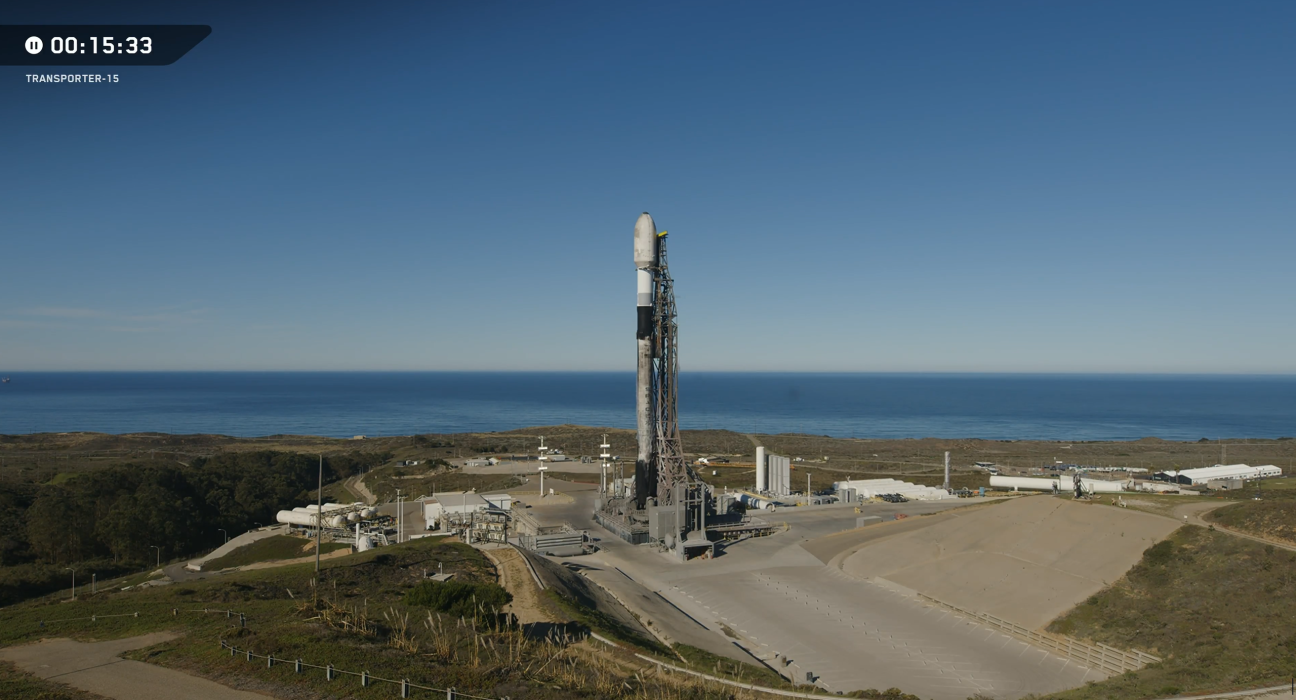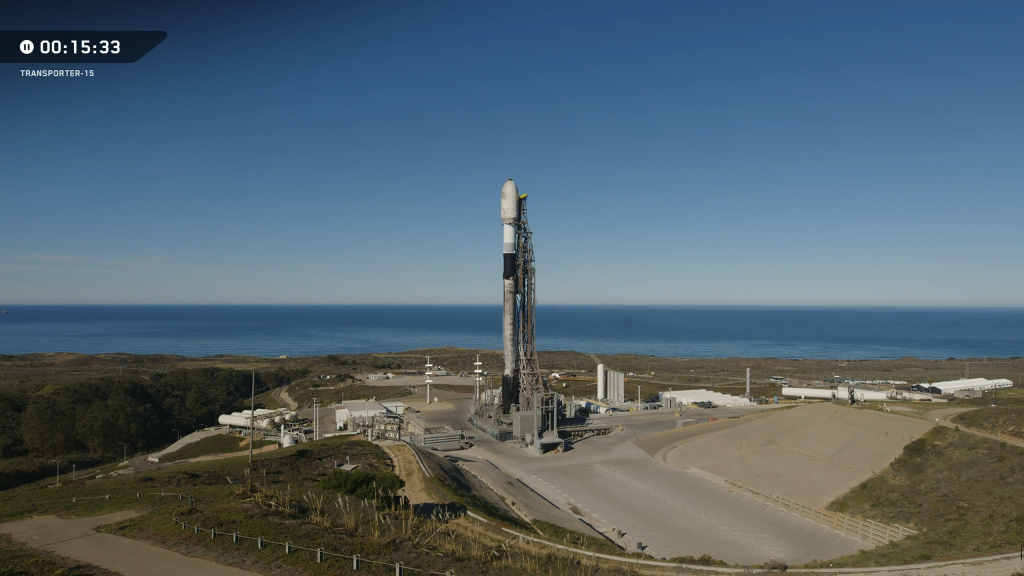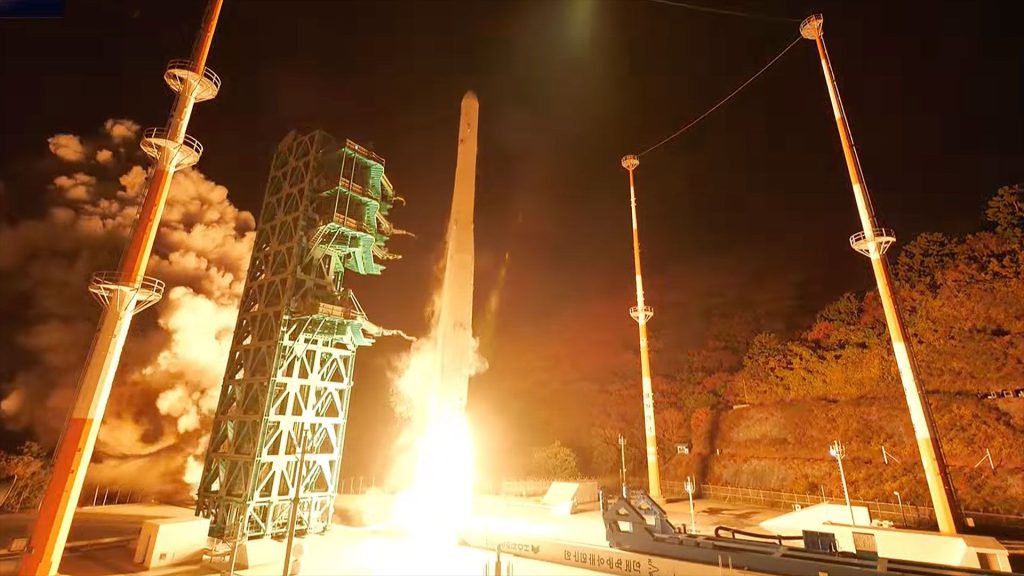SpaceX cancels the launch of 140 satellites using a refurbished Falcon 9 rocket from the California coast.


SpaceX scrubs launch of 140 satellites atop used Falcon 9 rocket from California coast (Image Credit: Space.com)
A massive fleet of tiny satellites is stuck on Earth for a few more days after SpaceX called off an attempt to launch them into orbit on Wednesday (Nov. 26).
SpaceX scrubbed the planned launch of 140 satellites, all aboard the same Falcon 9 rocket, just over 15 minutes before their planned liftoff from a seaside pad at Vandenberg Space Force Base in California. The company did not disclose a reason for the delay. The next opportunity to launch the mission, called Transporter-15, will be Friday (Nov. 28), at 1:19 p.m. EST (1819 GMT).
Transporter-15 is a SpaceX rideshare mission designed to carry dozens of small satellites into orbit for a variety of customers. SpaceX initially hoped to launch the mission on Nov. 19, but has seen repeated delays for the flight.
The satellites riding aboard the Falcon 9 are an ecclectic mix of commercial satellites, Earth-observation spacecraft and other vehicles. The Earth imaging company Planet Labs, for example, has 36 small “SuperDove” satellites riding alongside two of its larger Pelican Earth-observation satellites. The European Space Agency, meanwhile, has a pair of HydryoGNSS satellites on board to monitor Earth’s water cycle.
Previous Booster 1071 missions
Two launch providers, ExoLaunch and SEOPS, each have a collection of different spacecraft aboard Transporter-15 for various clients. Varda, a company that launches experiments that can return to Earth on reentry capsules, will fly its fifth spacecraft, called W-5, on the mission. And there are dozens of other satellites representing companies from around the world, including Taiwan and Italy.
The Falcon 9 rocket on Transporter-15 includes a first stage that has flown 29 times before. If all goes well, the first stage will return to Earth after liftoff to land on SpaceX’s drone ship “Of Course I Still Love You” in the Pacific Ocean so it can be returned to shore for eventual reuse.








